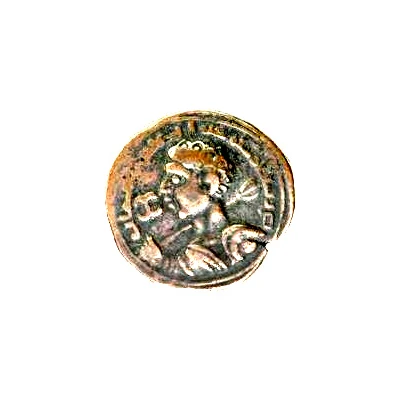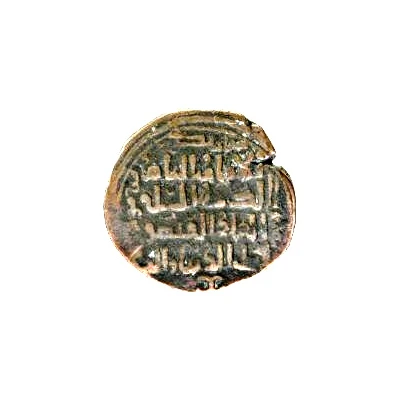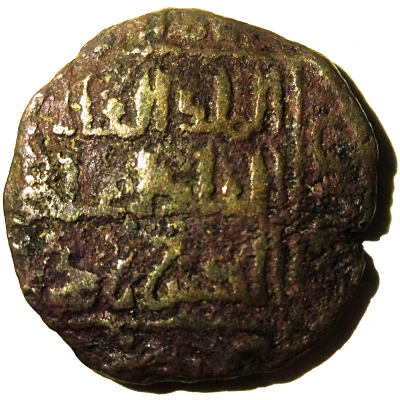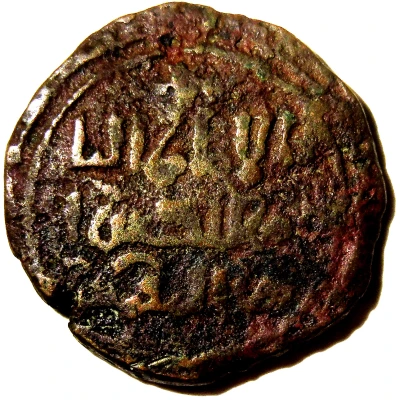


© Stephen Album Rare Coins
Dirham - Qutb al-din Muhammad ND
| Copper | 10 g | 26 mm |
| Issuer | Emirate of Sinjar (Zengid dynasty) |
|---|---|
| Emir | Qutb al-Din Muhammad (1197-1219) |
| Type | Standard circulation coin |
| Years | 1197-1219 |
| Value | 1 Dirham |
| Currency | Dinar (1171-1220) |
| Composition | Copper |
| Weight | 10 g |
| Diameter | 26 mm |
| Shape | Round (irregular) |
| Technique | Hammered |
| Orientation | Coin alignment ↑↓ |
| Demonetized | Yes |
| Updated | 2024-10-05 |
| Numista | N#82809 |
|---|---|
| Rarity index | 83% |
Reverse
Cursive four line Kufic inscription: names and titles of the Abbasid Calif al-Nasir and Qutb al-Din Muhammad; Zengid tamga (stylized fulmen) below
Comment
The obverse is imitative of a bronze of Caracalla struck at Edessa, Mesopotamia.Qutb ad-Din Muhammad was the Zengid Emir of Sinjar (in NE Iraq) 1197–1219.
He was successor of Imad ad-Din Zengi II.
The Zengid dynasty was a Muslim dynasty of Oghuz Turk origin, which ruled parts of the Levant and Upper Mesopotamia on behalf of the Seljuk Empire.
Interesting fact
The Dirham coin is interesting because it was issued during the reign of Qutb al-din Muhammad, who was a powerful ruler of the Zengid dynasty, which controlled a large portion of the Middle East during the 12th and 13th centuries. The coin is made of copper and weighs 10 grams, which was a significant weight for a coin at that time. Additionally, the fact that it was issued in the Emirate of Sinjar, which is now located in modern-day Iraq, highlights the extensive reach of the Zengid dynasty.

